Effective Political Campaign Letter Templates for Success
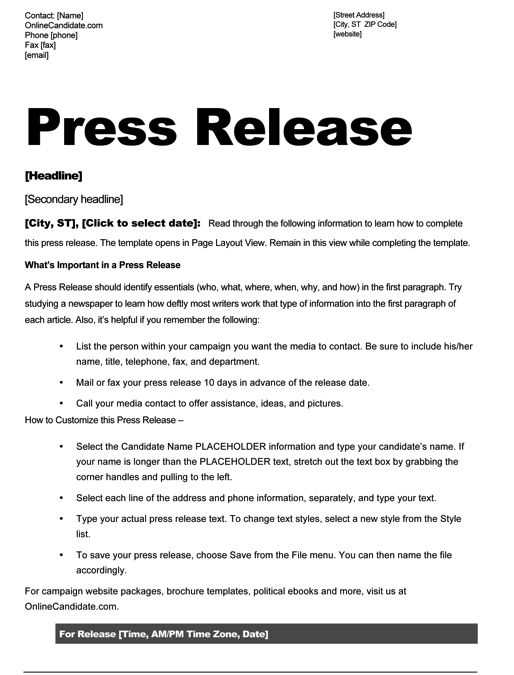
When running for office, one of the most powerful tools at your disposal is direct communication with your supporters. Whether you’re looking to inform, persuade, or rally individuals, crafting clear and impactful messages is essential. A well-structured approach can make a significant difference in how your audience responds to your efforts.
Personalized messages that speak to the concerns and aspirations of your constituents help build trust and establish a stronger connection. These personalized appeals not only convey your goals but also show that you understand and care about the challenges your voters face. Knowing how to present your points in an engaging and relatable manner is key to success.
Effective communication is not just about what you say, but how you say it. The right format and tone can enhance your message, making it more compelling and memorable. By utilizing a few proven strategies, you can significantly increase the impact of your outreach efforts.
Choosing the Right Campaign Letter Format
When crafting a direct message to your supporters, selecting the right structure is crucial for conveying your ideas effectively. The format you choose will determine how your message is received, whether it feels personal or generic, and how easily your readers can connect with the content. A well-organized structure can make your communication stand out and resonate with your audience.
Consider the Purpose of Your Message
Before settling on a format, think about what you want to achieve with your outreach. Are you aiming to inform, persuade, or rally support? A formal tone might work best for delivering important information, while a more casual, conversational approach could be more effective in engaging your audience and encouraging action. Tailoring the style of your message to its purpose ensures your content is both impactful and relevant.
Use Clear, Concise Sections
A clear structure helps your readers follow your message easily. Break your content into digestible sections, such as an introduction, key points, and a call to action. Each part should be visually distinct, guiding the reader from one idea to the next. A cluttered or overly complex format can overwhelm the reader and dilute the impact of your message. Simplicity and clarity are key to keeping the focus on your core message.
How to Craft Persuasive Campaign Letters
Creating an influential message requires more than just good writing. It’s about understanding your audience, addressing their needs, and presenting a solution in a compelling way. Whether you’re aiming to inspire action or rally support, persuasive communication should evoke emotion and reason, striking the right balance between logic and empathy.
Appeal to Emotions and Values
When writing a message, it’s essential to connect with your readers on a personal level. Use language that resonates with their values, concerns, and hopes for the future. Emotional appeals help create a sense of urgency and importance, encouraging the reader to take action. Consider these strategies:
- Use stories or real-life examples that reflect the experiences of your audience.
- Highlight shared values or common goals to foster unity and trust.
- Invoke hope or optimism to motivate the reader toward positive change.
Provide Clear, Actionable Steps
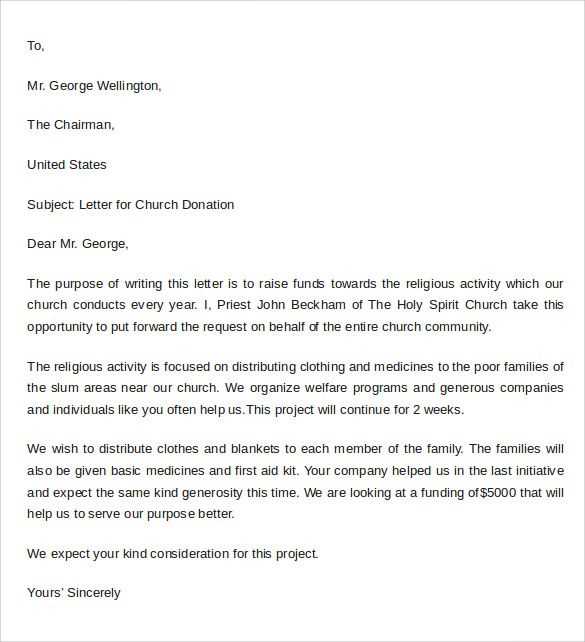
To be persuasive, your message must not only inform but also guide the reader toward clear actions. Make it easy for them to understand how they can get involved or support your cause. Offer a straightforward call to action with step-by-step instructions:
- Encourage the reader to share their opinion or sign a petition.
- Invite them to attend an event or engage in a community initiative.
- Ask for a donation or contribution to further the cause.
A persuasive message is one that leaves the reader with a sense of purpose and clarity about how they can make a difference. By appealing to both their emotions and their reason, you can inspire them to take meaningful action.
Understanding the Importance of Personalization
When communicating with your audience, making them feel seen and valued is essential. A generic approach may fail to capture their attention or inspire trust. Personalizing your message shows that you understand their unique concerns, interests, and values, creating a deeper connection. Tailoring your communication helps build a stronger bond and encourages positive action.
Why Personalized Messages Matter
Personalization makes your message stand out in a crowded world of information. People are more likely to engage with content that speaks directly to their needs or experiences. Consider these reasons why tailored communication is so effective:
- It demonstrates that you are attentive to individual concerns.
- It fosters a sense of importance and relevance for the reader.
- It can improve response rates, as people are more likely to act on something that feels directed at them personally.
Techniques for Personalizing Communication
There are several ways to personalize your message and ensure it resonates with each recipient. Here are some techniques to consider:
- Address individuals by name to create a sense of direct connection.
- Reference specific issues or interests relevant to the recipient’s community or background.
- Use language that reflects the recipient’s values and priorities to make your message more relatable.
Personalized communication is not just about adding someone’s name to the message; it’s about crafting a message that feels unique and tailored to their experience. This approach helps foster trust and encourages active engagement.
Key Elements to Include in Your Message
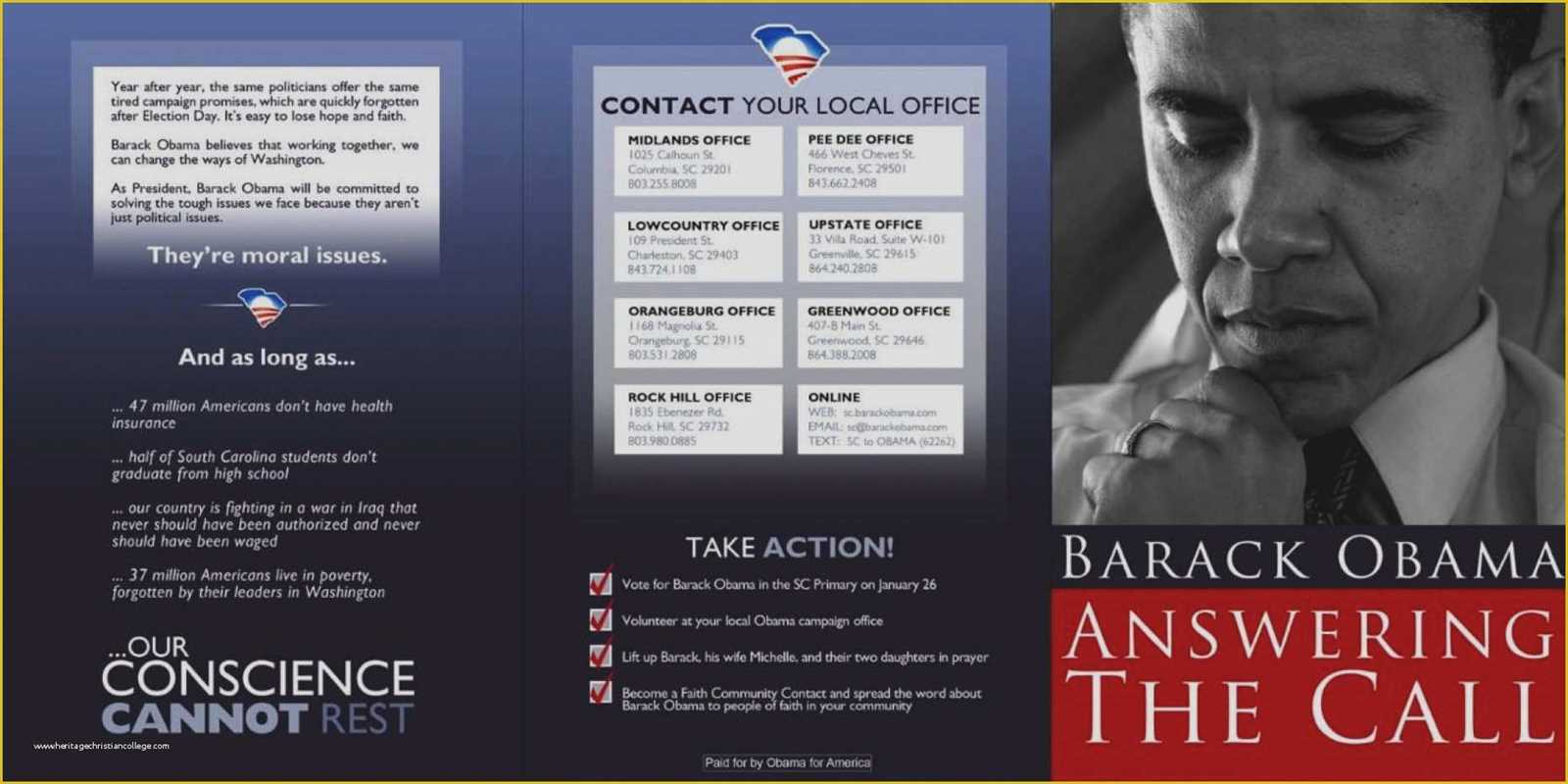
To craft an effective and compelling message, it’s essential to focus on the elements that will resonate most with your audience. A strong, clear structure paired with impactful content can significantly increase the likelihood that your readers will engage with your message. The right combination of information, emotional appeal, and a clear call to action makes your communication more persuasive.
Strong Introduction and Personal Connection
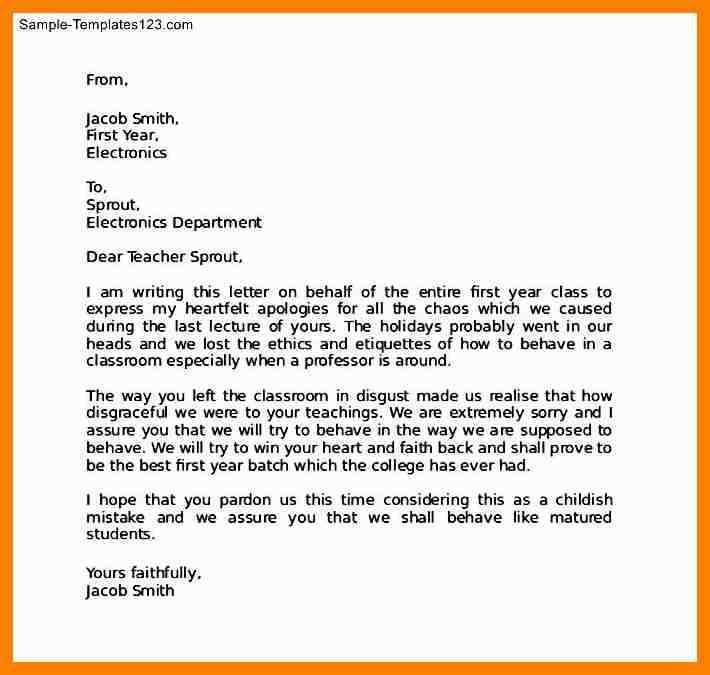
The opening of your message is crucial for capturing attention. Start with a direct, relatable statement that draws the reader in and establishes a personal connection. Whether you’re addressing a specific issue, acknowledging the reader’s concerns, or highlighting shared values, the introduction sets the tone for the rest of your content. Make sure to:
- Address the reader directly, if possible, to create a sense of personalization.
- Clearly introduce the purpose of your message without ambiguity.
- Incorporate a compelling reason for why the reader should care.
Clear Purpose and Actionable Steps
Once the reader is engaged, it’s important to focus on clarity and direction. Clearly outline the core message and provide actionable steps for the reader to follow. Whether it’s volunteering, attending an event, or supporting a cause, your request should be straightforward and easy to understand. To make your message more effective, emphasize:
- What action you want the reader to take and why it matters.
- The immediate benefits or outcomes of following through with the request.
- Specific details that help the reader know exactly how to get involved or contribute.
Emphasizing the next steps helps avoid any confusion and makes it easier for the reader to take action. By ending with a clear, concise call to action, you increase the chances that your audience will engage with your message and act on it.
Common Mistakes to Avoid in Campaign Letters
When reaching out to your audience, it’s important to be mindful of how your message is crafted. Small errors in tone, structure, or content can make a big difference in how your communication is received. Avoiding common pitfalls will ensure that your message is both effective and well-received, increasing the chances of engaging your readers and motivating them to take action.
Overloading with Information
While it’s tempting to share as much information as possible, too many details can overwhelm the reader and dilute your message. Focus on clarity and brevity to ensure your main points stand out. Here’s why it’s important to keep your message concise:
| Issue | Impact |
|---|---|
| Excessive details | May cause the reader to lose interest or miss the main message. |
| Unfocused content | Can confuse the reader and make it difficult to follow the call to action. |
Lack of Personalization
One of the most significant mistakes is failing to address the individual concerns of your audience. Generic messages often feel impersonal and can make the reader feel disconnected from the cause. To avoid this, make sure your communication feels tailored and specific to the recipient’s interests or needs. Personalization helps create a stronger emotional connection and encourages engagement.
By avoiding these common errors and focusing on clear, personalized communication, you’ll improve the effectiveness of your message and increase the likelihood of inspiring action from your audience.
Best Practices for Effective Voter Communication
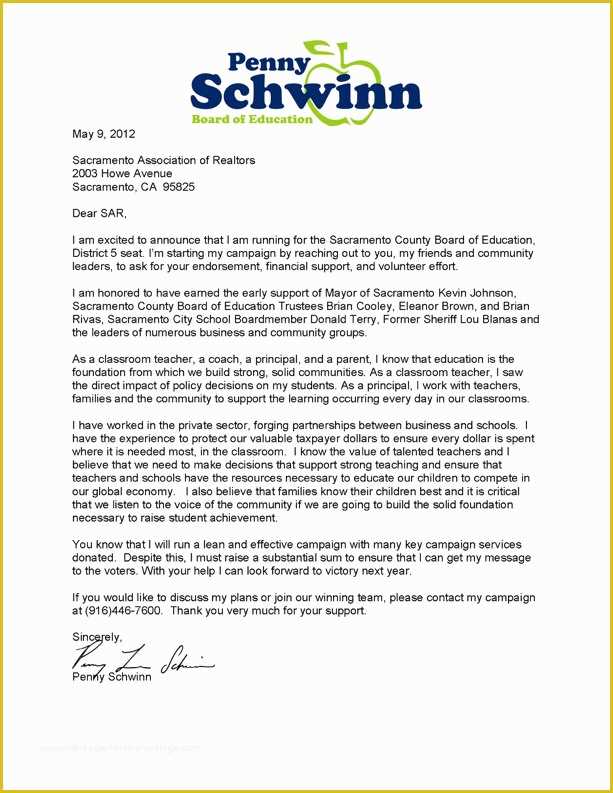
Effective communication is at the heart of building trust and motivating action from your supporters. The way you convey your message can significantly impact how well it resonates with your audience. It’s not just about sharing information–it’s about doing so in a way that engages, informs, and encourages a response. By following key strategies, you can strengthen your connection with voters and inspire meaningful participation.
Be Clear and Direct
One of the most important aspects of successful outreach is clarity. Your message should be easy to understand and free from ambiguity. Voters should never be left guessing what you want them to do or why it matters. To ensure clarity:
- Keep your sentences short and to the point.
- Use simple, straightforward language to avoid confusion.
- Be specific about the actions you want your readers to take.
Build Trust Through Consistency
Trust is built over time, and consistency is key to maintaining that trust. Whether through the frequency of communication or the tone you use, staying consistent helps reinforce your message and shows that you are dependable. Here’s how to build trust with your audience:
- Regularly update your supporters on progress and upcoming events.
- Use a consistent tone across all your communication platforms.
- Follow through on promises to build credibility.
Strong, consistent communication ensures your voters feel informed, valued, and motivated to act. By focusing on clarity and consistency, you create a foundation for lasting engagement and support.